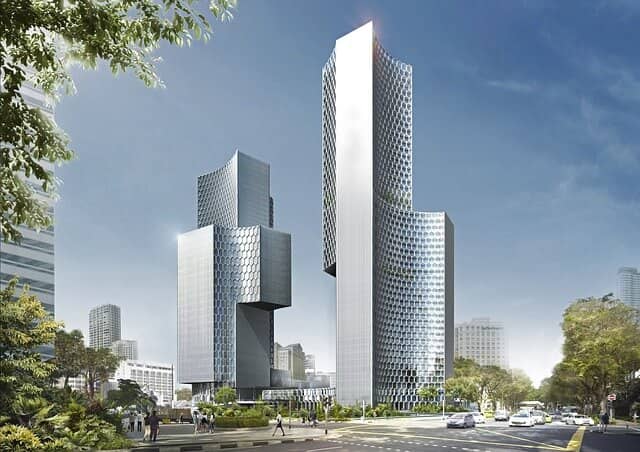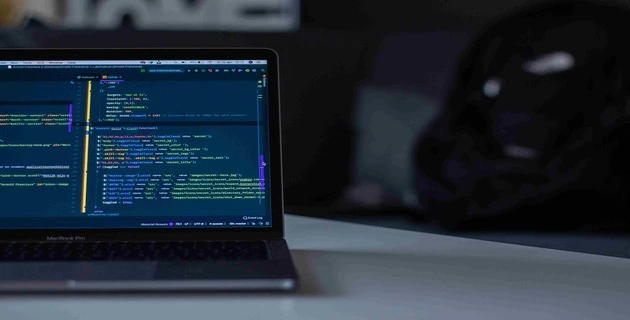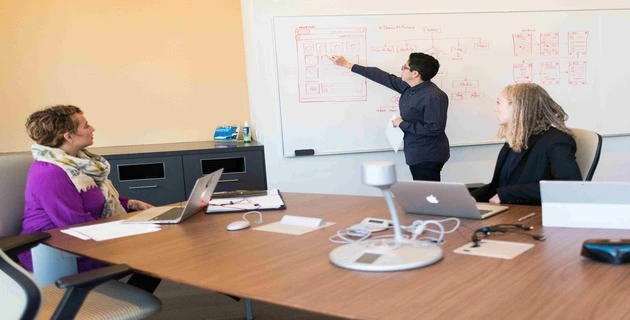Bones and Eggshells: A New Way to Build the Cities of the Future
Would you like to live in a place where building a house or an office is extremely cheap – or at least much cheaper when compared to the prices of today?

By Iffy Kukkoo
05 May, 2017
Feel the Future In Your Bones
Would you like to live in a place where building a house or an office is extremely cheap – or at least much cheaper when compared to the prices of today? A place which is both quiet and carbon-free? A place where houses can magically heal themselves?…
Wait, what?!
No mistakes there – and we haven’t even gotten to the strangest question.
Now, would you be comfortable living in a building that’s made of bones? OK, not real bones, mind you – that’s too creepy! Synthetic and artificially produced bones. But bones, still.
Nothing’s wrong with us. On the contrary, in fact.
Just read ahead…
A Fresh Outlook: Adapting to a Changed World
Whether we like to admit it or not, the world has changed. But traditional methods of construction – haven’t. It may be time to.
For one, people are rushing to the cities at an unprecedented pace. According to a WHO report from 2014, more than half of the world’s population lives in urban areas, almost twice as much as 1950. The comparison looks even scarier in numbers: between these two years, the urban population has grown from 746 million to 3.9 billion! By 2050, it is expected that at least two thirds of the people will live in the cities. Only, there’s not enough space – even as it is.
The fact that many cities have become construction sites to accommodate the new inhabitants is not that good news – strictly environmentally speaking. It is estimated that the toxic waste produced during the manufacturing of steel and concrete is responsible for about 5% of the total worldwide carbon emissions.
And as if that is not enough, there are many economical disadvantages of using steel and concrete. Concrete, for example, is susceptible to shrinking and losing strength; concrete structures are typically massive and vulnerable to earthquakes. Steel, on the other hand, is not on good terms with either fire or rust – so, in its case, installing fireproof materials and frequent painting is more than essential when it comes to safety.
A Weird and Unique Way to Build the Future
All in all, we need to find some better way to construct the cities of our future; a way that is simultaneously cheap and yet eliminates the numerous disadvantages posed by the use of steel and concrete. And the scientists at Cambridge University may have found just the right material.
Dr Michelle Oyen of Cambridge’s Department of Engineering has recently revealed to the public that, with the funding support from the US Army Corps of Engineers, her team has successfully used artificial bone and eggshells as medical implants and even as small building materials. Before you think to yourself “They can do that!”, just have in mind that Dr Oyen works in the field of biomemitcs, and that “biomimetics”, when translated, means “copying life”. Literally.
Dr Oyen believes that in order to truly change our environment for the better, we should consider revolutionizing our methods of construction.
For example, lots of energy is wasted not only during the production of steel and concrete, but also afterwards for their maintenance. And bone is a good candidate as any to replace steel and concrete, since not only it’s produced at room temperatures (meaning, very little energy is used and mass production should be no problem), but also it should theoretically maintain itself (unlike most materials, bone has the fascinating property to naturally heal itself).
Just imagine that – buildings repairing all by themselves! Feels like a work of science fiction, all right!

 Do you need some help?
Do you need some help?
Should the Construction Industry Take Notice?
In addition to boasting with such a unique property as self-healing, bones and eggshells are also exceptionally resilient. It was the self-healing feature, however, which inspired Oyen to create artificial bones and eggshells. Potentially, she thinks, this could save lots of time and billions of dollars. But, the fact is that the production of these materials is as much time-saving and cost-effective.
Structurally speaking, bones and eggshells are fairly similar: both are composites of minerals and proteins. In bones, these are present in a roughly equal measure. And while proteins give bones their toughness and endurance, the minerals are responsible for their stiffness and hardness. In eggshells, the proportions are quite different: 95% minerals and just 5% proteins. If you take into account the thinness of an eggshell, you’re on your way to understanding how remarkably strong even eggshells actually are.
Admittedly, it may feel a bit weird to live between walls made of bones and eggshells. But, many living beings do, and, in fact, the main inspiration for Oyen has always been nature:


 Michelle Oyen, Bioengineer at Cambridge.
Michelle Oyen, Bioengineer at Cambridge.


